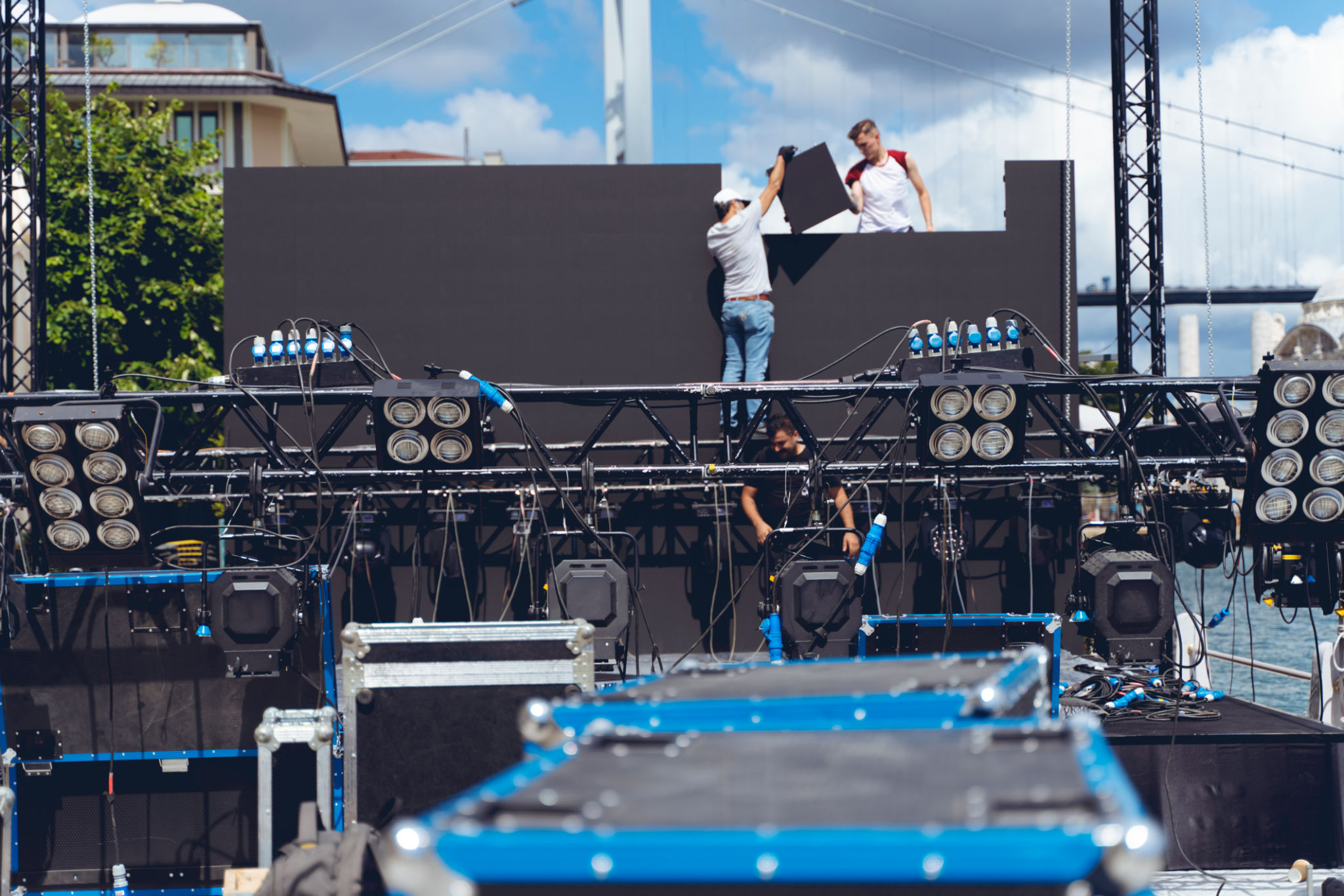Creating an Intricate Live Set: A Step-by-Step Guide
Understanding the Basics of Live Sets
Creating an intricate live set involves more than just playing a collection of songs. It's about crafting a dynamic experience that captivates your audience and leaves a lasting impression. Whether you are a DJ, a band, or a solo performer, understanding the basic components of a live set is crucial. You'll need to consider elements like song selection, transitions, and audience engagement.
The first step in building a live set is selecting the right tracks or pieces. These should not only reflect your unique style but also resonate with your audience. Aim for a balanced mix of tempos and moods to keep the energy flowing.

Planning Your Set Structure
Once you've chosen your tracks, it's time to plan the structure of your set. This involves deciding the order in which you'll play your pieces. A well-structured set keeps the audience engaged from start to finish. Start with an attention-grabbing opener, build towards a climax, and then bring things down gently with a memorable closer.
Consider using transitions to seamlessly move from one track to another. This could be as simple as beatmatching for DJs or as complex as live instrumentation for bands. Transitions help maintain the flow and energy of your performance.

Incorporating Visual Elements
Visual elements can significantly enhance the impact of your live set. Think about adding lighting effects, projections, or even interactive visuals to complement your music. These elements can transform your performance into a multimedia experience, engaging multiple senses at once.
When planning visuals, ensure they align with your brand and the mood of your music. For instance, vibrant colors and fast-moving lights might work well for an upbeat electronic set, while softer hues and slow transitions might suit an acoustic performance.
Rehearsing Your Performance
Rehearsal is key to delivering an intricate live set. It allows you to refine your transitions, adjust your set structure, and iron out any technical issues. Practice regularly to build confidence and familiarity with your equipment or instruments.
During rehearsals, simulate the live environment as much as possible. This includes setting up your gear as you would for a show and practicing in front of friends or fellow musicians for feedback.

Engaging with Your Audience
An engaging performance is one where the audience feels connected to the performer. Throughout your set, look for opportunities to interact with the crowd. This could be through direct communication, such as speaking between tracks, or through non-verbal cues like eye contact and body language.
Remember that audience engagement is often what sets a remarkable live set apart from a good one. Keep an eye on how people are responding and be ready to adapt if needed.
Technical Considerations
Finally, pay attention to the technical aspects of your live set. This includes sound quality, equipment reliability, and stage layout. Ensure all equipment is properly tested and maintained to prevent glitches during your performance. Have a backup plan in case things don't go as expected.
Consider working with a sound engineer if possible, especially for larger shows. Their expertise can help ensure that your music sounds its best in any venue.
